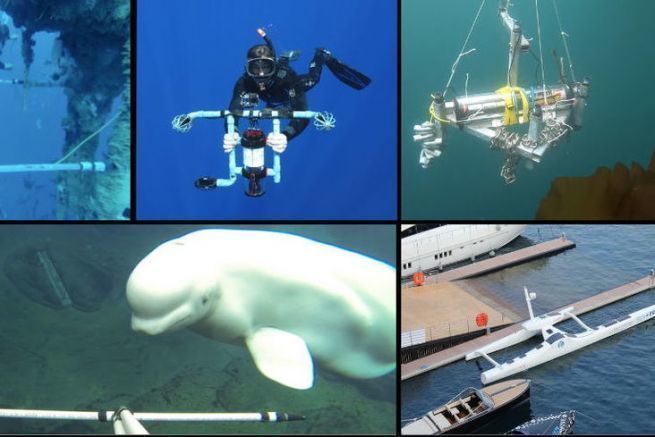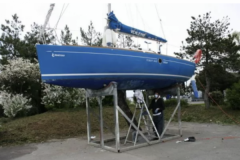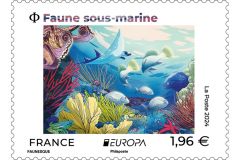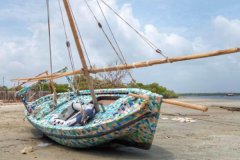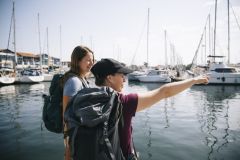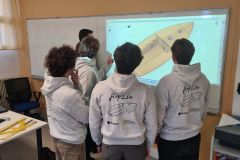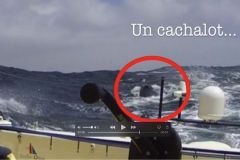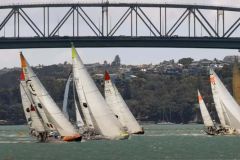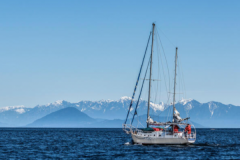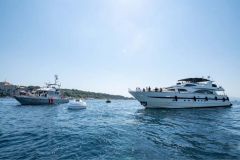Collisions with cetaceans remain one of the main risks, mainly for offshore racers. The crossing of the oceans is done at ever increasing speeds and collisions with these animals are dramatic. Of course for the boats and the competitors on board. But also, animals are injured or sometimes killed by collisions with these boats.
Detection solutions already exist ( OSCAR ) or to scare away cetaceans. But the toolkit is never complete enough when it comes to making its endemic inhabitants and humans in boats cohabit on the ocean.
Listen for the presence of animals
The Bombyx2 project aims to detect, by listening, these animals and alert of their presence. The choice is then left to the navigators, in conscience, to stay or to cross the zone by watching more carefully. Or to divert and avoid the area concerned.
Hervé Glotin, researcher at the University of Toulon, explains: " Collisions have an economic cost for all players in the industry. Cargo companies have to put their boats in dry dock for inspection, skippers risk the structure of their yachts s," he explains. " The highest price is paid by the bioviduality, which loses its richness with each encounter between a boat and an animal. "
Underwater buoys
Bombyx 2 is part of the more global Maritime Interreg Gias program, which aims to secure the cohabitation of animals and humans on the ocean surface. The buoys, developed by the French company Osean, are immersed at a depth of 25 meters, anchored to the bottom with a buoy on the surface to locate them. Each buoy weighs 60 kg and is equipped with ballasts that allow it, at regular intervals, to rise to the surface and transmit via the GSM network (4G or 5G depending on the case), the results of the analysis of audio data collected by the 5 hydrophones that equip each unit.
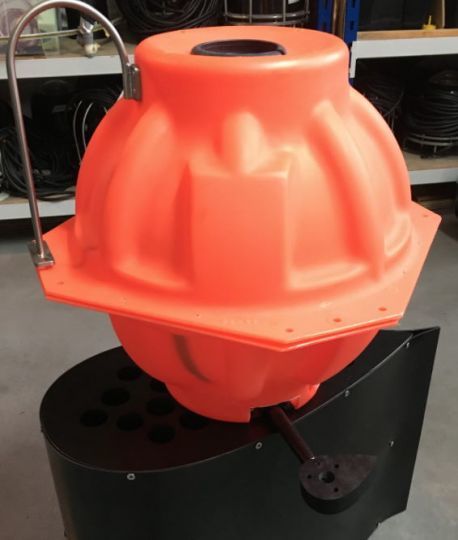
This data is analyzed by an artificial intelligence system onboard the buoys, which is self-learning and can determine whether a sound is that of an animal or not. This information is then sent to the fleet of 39 vessels of the Repcet cetacean detection network.
The researcher explains that this version, "p more advanced [than the previous one NDLR] will improve this tool, which until now has been based on visual observation. The boats will be able to detect animals that do not move on the surface. "
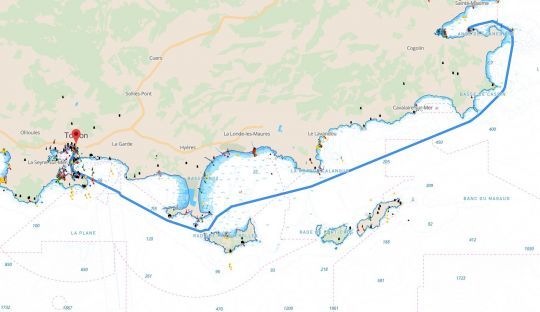
A progressive deployment
In the fall of 2021, two buoys will be put in place, followed by ten others, for the moment in an area distributed between Toulon and Monaco, in the Mediterranean.
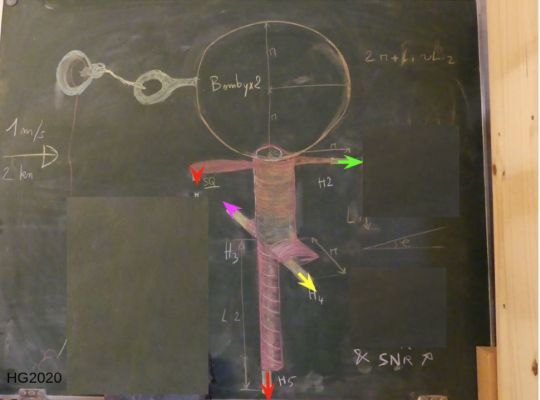
Submerged, these buoys do not interfere with navigation and allow for optimal detection. They are energy self-sufficient and capable of not only listening, but also analyzing the audio stream. They determine the presence of animals as well as their number and heading, providing valuable information to users and researchers.
Eventually, if they are developed on the surface of the globe, these buoys could constitute a powerful preventive mapping tool which, coupled with an active detection solution in the area such as that of the French OSCAR, will provide increased safety to navigators, competitors and commanders of merchant ships.
Reserved for professionals for the moment
For the moment, the limitation of the model is that it addresses its detections only to vessels equipped with RepCet cetacean detection terminals. Most of these 39 vessels are professionals, but they are only a drop in the bucket. Let's hope that the data from such a tool will soon be made available to the entire nautical community, as the protection of marine animals should not become yet another business at sea.
